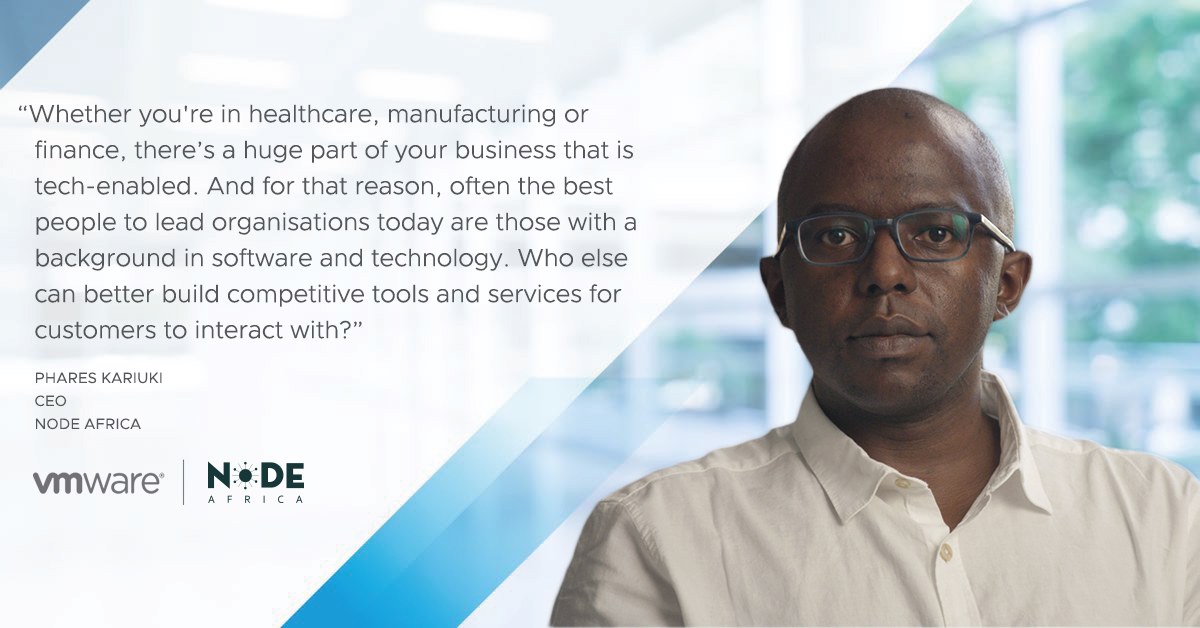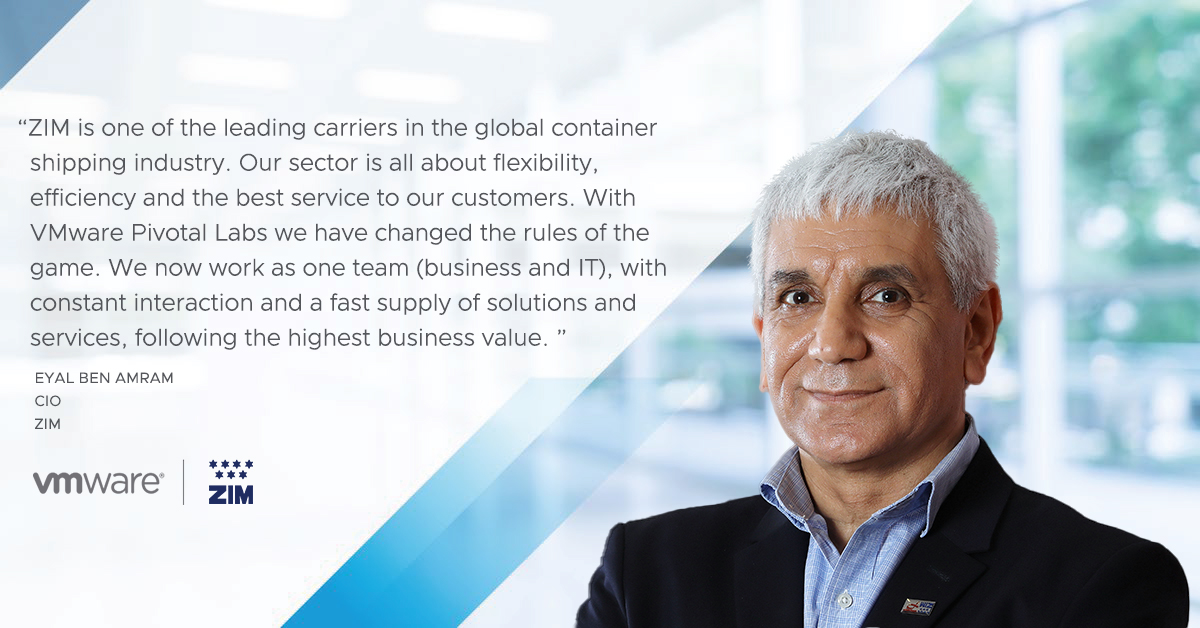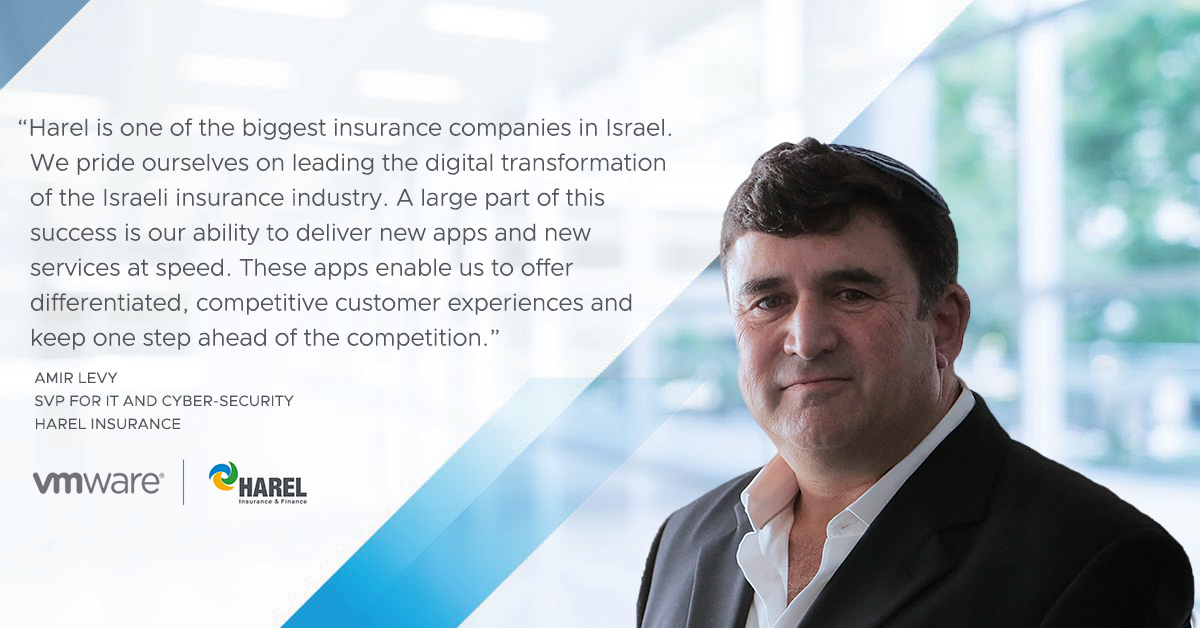Time and again, organizations that quickly adapt and pivot during periods of rapid change prove the most enduring. When the market fluctuates, these businesses churn out apps and services that reflect customers’ new needs. When the world turns turbulent, leading companies also keep employees safe and productive no matter what.
How do leading organizations adapt?
1. Deepen Digital Skills and Knowledge
Successful retailers today are defined by their ability to leverage digital tools to create differentiated, competitive customer experiences. That’s why companies today must be led by a team with deep understanding in digital.
Wojciech Buczkowski, CEO, of Komputronik S.A.
2. Promote Software-Minded Leaders

3. Empower Employees to Work Anywhere
Our main digital transformation priority is to provide all internal users with a safe, secure and convenient way to perform their daily requirements, while minimizing additions to CapEx and OpEx.
Travis Robertson, Information Technology Manager, Toppan Interamerica, Inc.
4. Foster Collaboration Between Teams

5. Build Flexibility Into the Infrastructure
Our digital transformation efforts so far made it possible to move workloads at will to find the most economical and efficient place to run them. Our next priority is utilizing the cloud to be more flexible when unexpected events happen.
Patrick McGraw, Senior Systems Engineer, Western Carolina University
6. Develop an App Strategy

7. Modernize Existing Applications
The most urgent priority is to update our applications, and we’re opting for a cloud-native, cloud-first strategy. Early efforts have already helped us improve speed to market.
Steve Lester, Senior Technician, Co-op
8. Accelerate Application Development

9. Adopt an Agile Mindset
Our team’s agile mindset and culture meant we were able to more quickly respond to needed business requirements and changes during the pandemic.
Charles Roffe, Executive Advisor Cloud Center of Excellence Lead, CVS Health
10. Speed up the Delivery of New Apps and Services

11. Embrace Cloud-Native Technologies
We notice that the market is developing rapidly. KPN is a large telco, and we see that smaller organizations are often better able to adapt to new situations. So, there is quite a bit of pressure on the IT organization and developers to reduce the time-to-market. The only way to do that is to use modern cloud-native applications. This allows us to release new releases in a few days instead of a few months. As a result, customers benefit from the latest updates faster, which improves the customer experience.
Albert Alberts, IT architect at KPN
